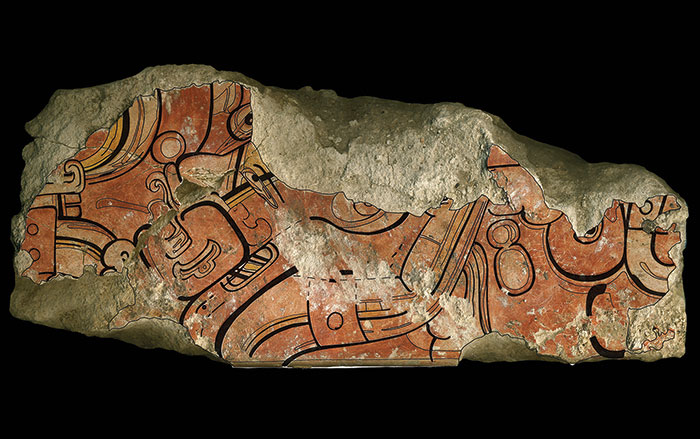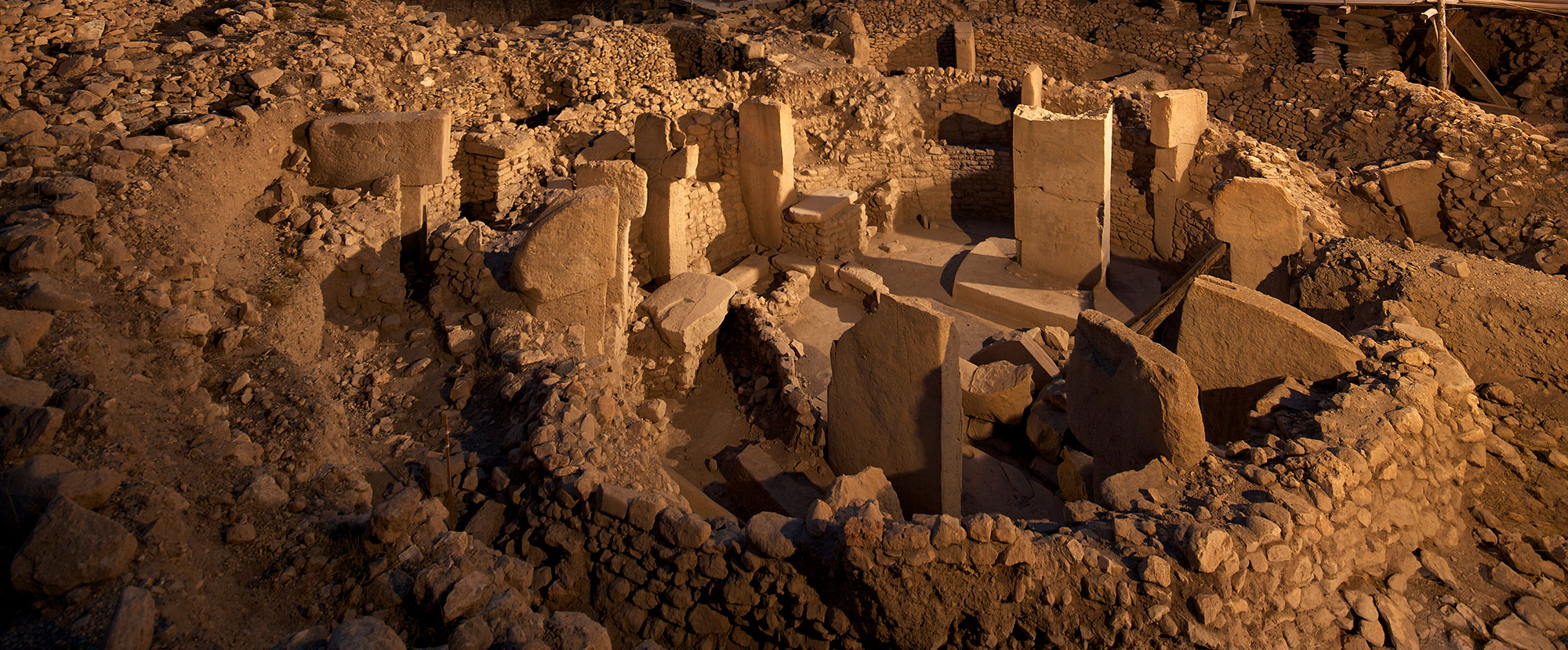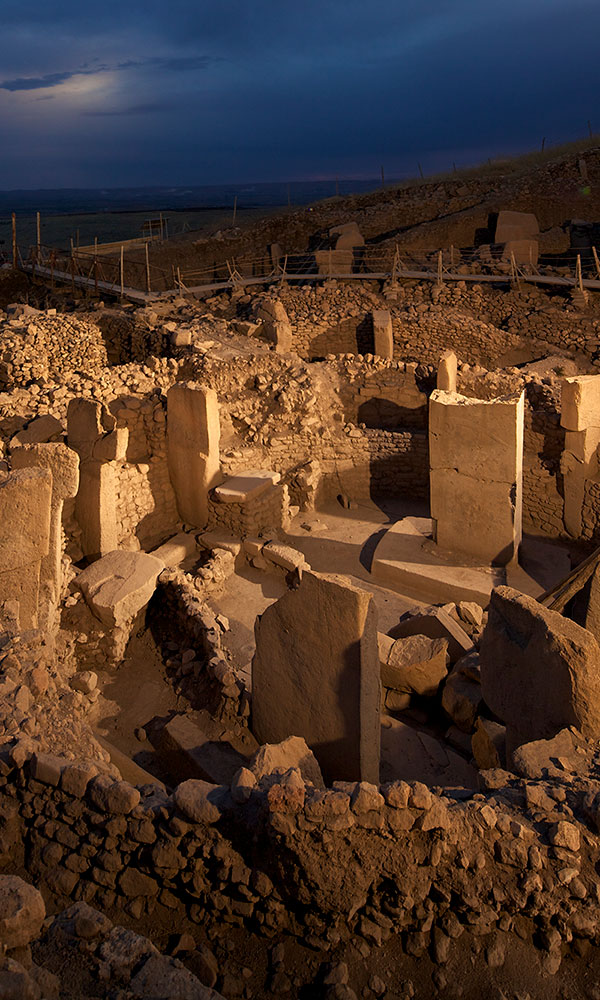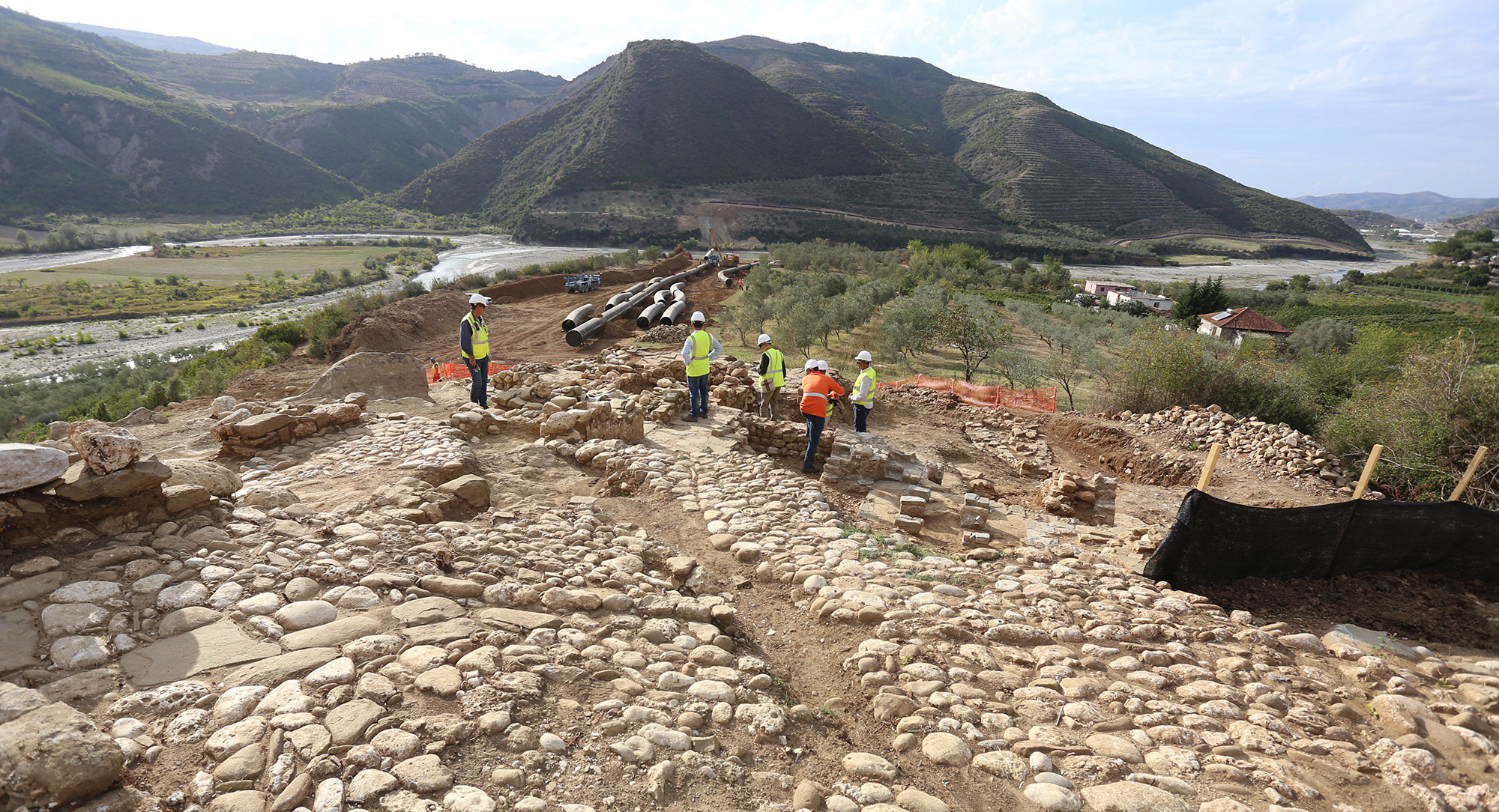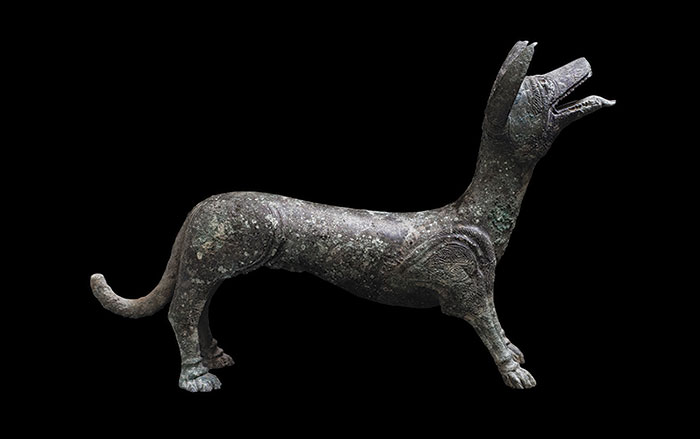
EL PETÉN, GUATEMALA—Some 60,000 Maya structures have been discovered in the dense forests of northern Guatemala by a consortium of scholars led by the PACUNAM LiDAR Initiative, according to a Live Science report. Lidar, or “light detection and ranging” technology, beams laser pulses at the ground from airplanes and measures the wavelengths of light that bounce back, creating an accurate 3-D map of the topography. Archaeologist Tom Garrison of Ithaca College said most of the structures detected during the survey are probably stone platforms that supported pole-and-thatch dwellings. Some of those architectural mounds could be pyramids and defensive structures, however. The scientists also detected roads that may have served as causeways during the rainy season, or as platforms for processions. David Stuart of the University of Texas at Austin commented that knowing where the Maya chose not to build and live could also offer information about how they farmed and used water. “It’s going to change our views of population and just on how the Maya lived on that landscape,” he said. For more, go to “Letter From Guatemala: Maya Metropolis.”




